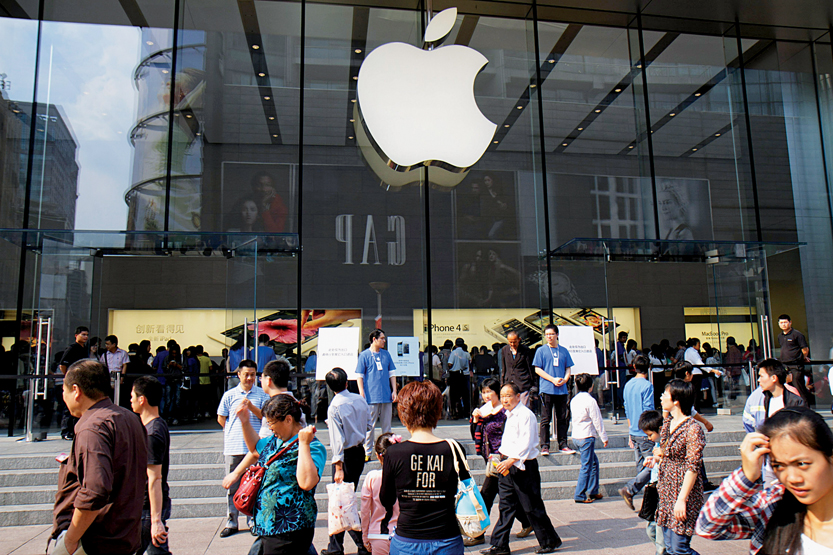A History of World Societies:
Printed Page 1041
A History of World Societies Value
Edition: Printed Page 1055
Multinational Corporations
A striking feature of global interdependence beginning in the early 1950s was the rapid emergence of multinational corporations, or multinationals, which are business firms that operate in a number of different countries and tend to adopt a global rather than a national perspective. Multinational corporations themselves were not new, but by 1971 they accounted for fully one-
Their rise was partly due to the revival of capitalism after the Second World War, increasingly free international economic relations, and the worldwide drive for rapid industrialization. Multinationals could invest in research and development and could hold monopolies on the products they created. They treated the world as one big market, coordinating complex activities across political boundaries and escaping political controls and national policies.
The impact of multinational corporations, especially on less industrialized countries, has been mixed. The multinationals helped spread the products and values of consumer society to elites in the developing world. After buying up local companies, multinational corporations often hired local business leaders to manage their operations abroad. Critics considered this part of the process of neocolonialism, whereby local elites abandoned their nation’s interests and contributed to continued foreign domination. (See “Listening to the Past: A Brazilian Band on Globalization.”)

Multinational corporations are among the main beneficiaries of economic liberalism: growing openness of national markets and growing economic integration allow corporations to move goods, capital, and technology more fluidly and more intensely. But the growing interconnectedness of world markets comes with costs. In particular, it has meant increased economic volatility such as the banking crisis that swept the United States and Europe in 2008 and plunged countries into deep and long recessions. Amid the recession, as consumption and economic activity in the United States and Europe slowed, China’s economic growth meant that production in developing countries in Africa, Asia, and Latin America became increasingly connected to China. Whether that shift in trade and investment reflected a permanent economic shift or was a temporary result of the economic crisis remains a question.
The recession created particular hardship in Greece, Italy, Spain, and Portugal, where the adoption of the European Union’s euro currency meant that these countries had few national financial policy tools to combat recession. Monetary policy for the euro was set for the currency zone as a whole and was strongly influenced by its most powerful economies, Germany and France, which resisted expanding the monetary supply to relieve the most afflicted economies in the Eurozone. The tension between the economic policymaking of Germany and France and the deep economic crisis in southern Europe threatened European economic unity. This would be a basic test of the European Union: could a shared economic and political system meet the challenges faced by individual nations?